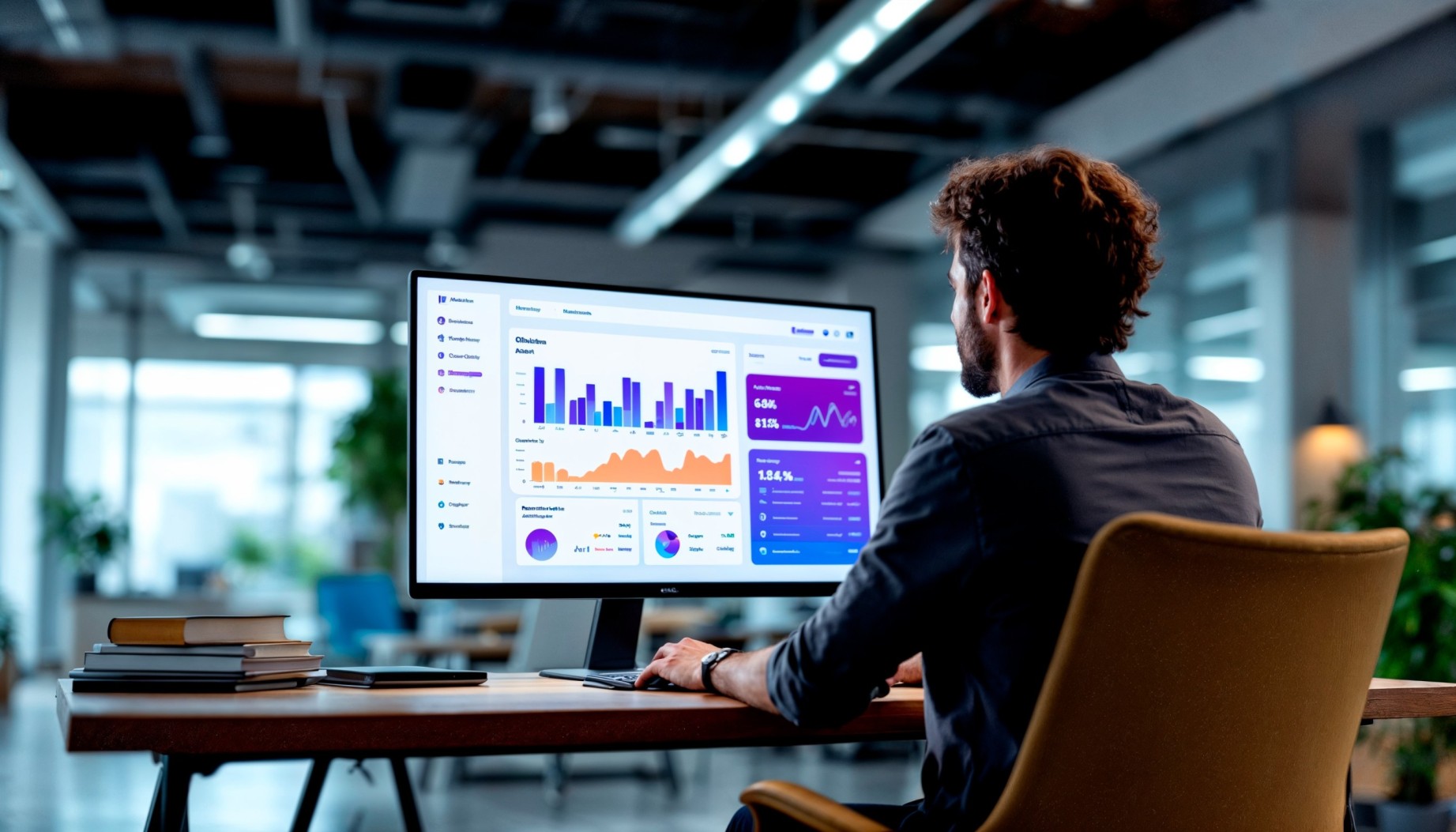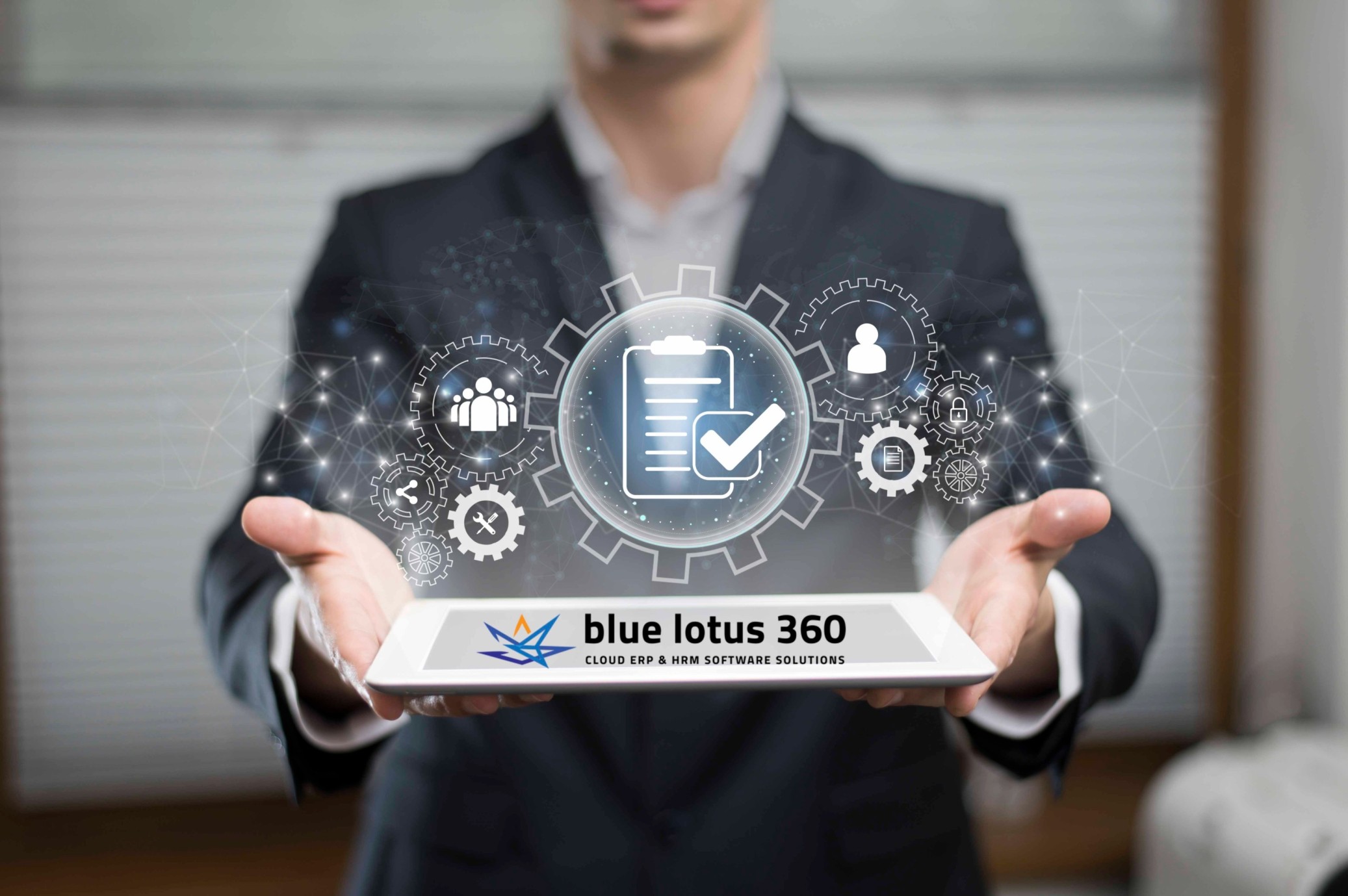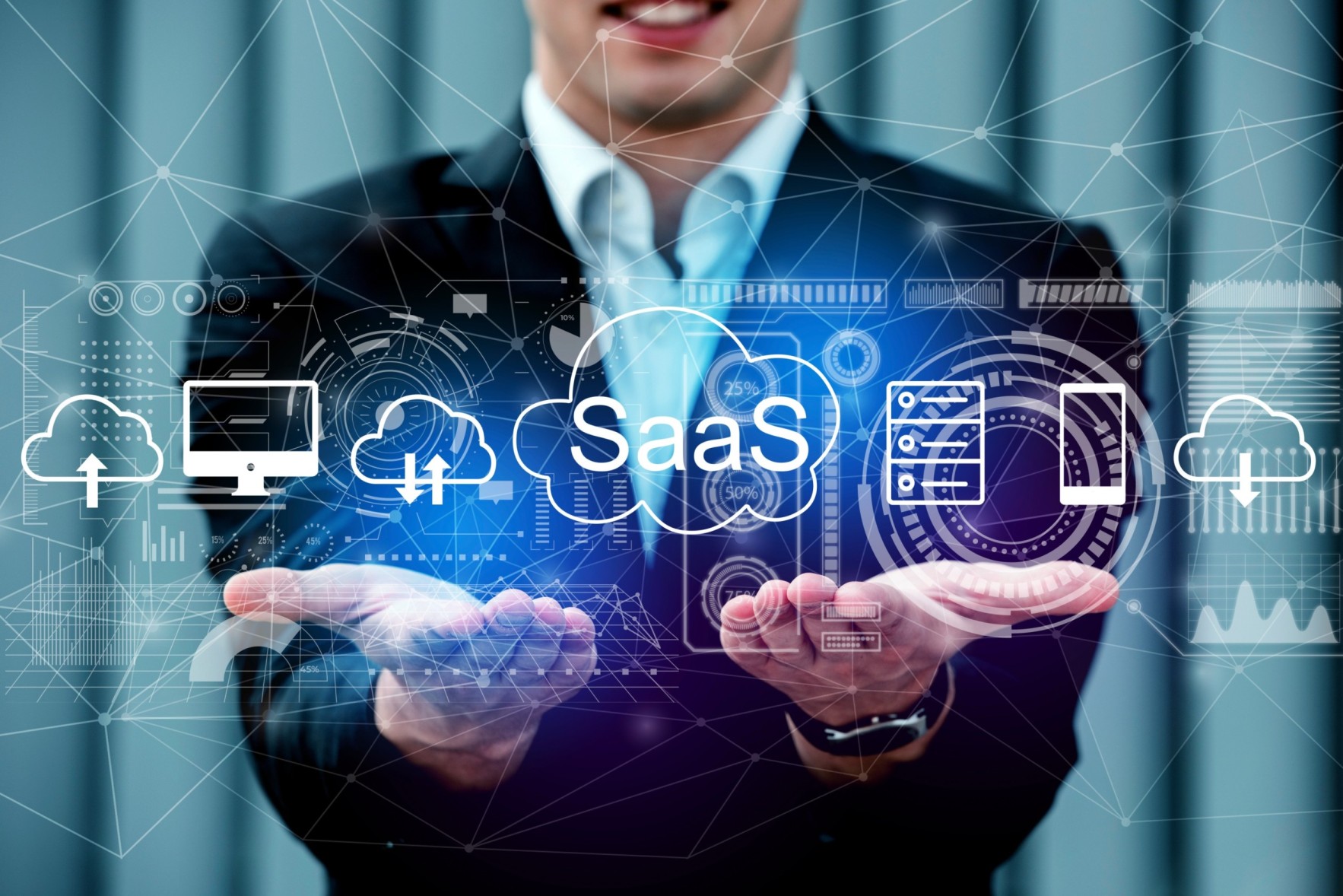As it’s often stated, “The strongest of the species are the one most adaptable to upcoming changes.”
This statement captures the concept of evolution, whether it applies to humans or Enterprise Resource Planning (ERP) software systems. Just as human evolution has shown adaptability and innovation over the years, the evolution of ERP software systems for manufacturing indicates our efforts toward advancement in business processes.
The manufacturing sector is experiencing a massive transformation, made possible by shifting market dynamics. Known as Industry 4.0, this fourth industrial revolution envisions a future where manufacturing is interconnected, intelligent, and highly automated.
Let’s read further to learn about the history and future of ERP systems in terms of manufacturing and industrial sectors.
Tracing the History of ERP Systems
ERP software systems have come a long way, evolving alongside advancements in information and communication technologies. Initially, organizations in the 1960s used centralized computing systems and inventory control packages (IC) to manage inventory with programming languages like ALGOL, and FORTRAN. In the 1970s, material requirements planning (MRP) systems were introduced.
The 1980s saw the advent of manufacturing resources planning (MRP II) systems, which automated manufacturing processes and provided visibility into shop floor activities, project management, and engineering tracking. The late 1980s and early 1990s marked the emergence of ERP software systems for manufacturing industries, which revolutionized coordination and integration across various functions.
However, the rapid evolution of the Internet has presented new challenges and opportunities for ERP vendors and customers.
Stages of ERP Evolution
- 1960s: Inventory Control Packages
- 1970s: Material Requirements Planning (MRP)
- 1980s: Manufacturing Resources Planning (MRP II)
- 1990s: Enterprise Resource Planning (ERP)
- 2000s: Extended ERPs.
ERP Evolution in the 2000s and 2010s
In 2000, Gartner introduced ERP II, which marked a significant advancement by providing real-time access to ERP solutions via the Internet. This expanded functionality included CRM, e-commerce, SCM, and HCM.
The 2010s brought about the rise of cloud-based ERP solutions operating on a Software as a Service (SaaS) model. This eliminated the need for companies to invest in and maintain hardware infrastructure, reducing reliance on IT personnel and simplifying ERP system access for businesses of all sizes.
The Future of ERP And AI-Powered Revolutions
As we look to the future, embracing change, innovating boldly, and using the transformative power of ERP will enable organizations to achieve resilience and growth.
The future of ERP is shaped by several key trends, including:
- Cloud Dominance: Cloud ERP adoption is set to nearly double by 2027, driven by the need for digital transformation and enhanced business capabilities.
- Mobile Evolution: Mobile ERP evolves into multi-device experiences, seamlessly integrating tasks across various platforms.
- AI and IoT Integration: AI and the Internet of Things (IoT) converge with ERP enabling predictive analytics and real-time monitoring.
- Enhanced Analytics: AI-powered insights and conversational interfaces empower users with actionable intelligence.
- Personalized ERP: Solutions become more personalized, with adaptive interfaces and low-code customization.
- Composable ERP: This solid business adaptation allows organizations to assemble tailored solutions and provides unprecedented flexibility.
Conclusion
The evolution of ERP software systems has been essential in adapting to the dynamic manufacturing landscape and business needs.
In order to make companies able to stay competitive, Blue Lotus 360 develops and delivers cutting-edge ERP software systems for the manufacturing, construction, distribution, and services industries worldwide. Our user-friendly, modular applications empower businesses and manufacturing industries to respond swiftly to market changes and achieve superior performance.
Want to transform your business? Contact us now for a personalized demo!













